Low failure rate design essentials
1. Modular design
◦ Divide the machine into independent functional modules (unwinding, traction, slitting, rewinding, etc.)
◦ The failure of a single module does not affect the overall operation, which is convenient for quick replacement and maintenance
2. Redundant design of key components
◦ The important transmission parts are designed with double backup
◦ The control system has an automatic switching function
3. Intelligent early warning system
◦ Built-in multi-parameter sensors such as vibration, temperature, and current
◦ Fault prediction model based on AI algorithms
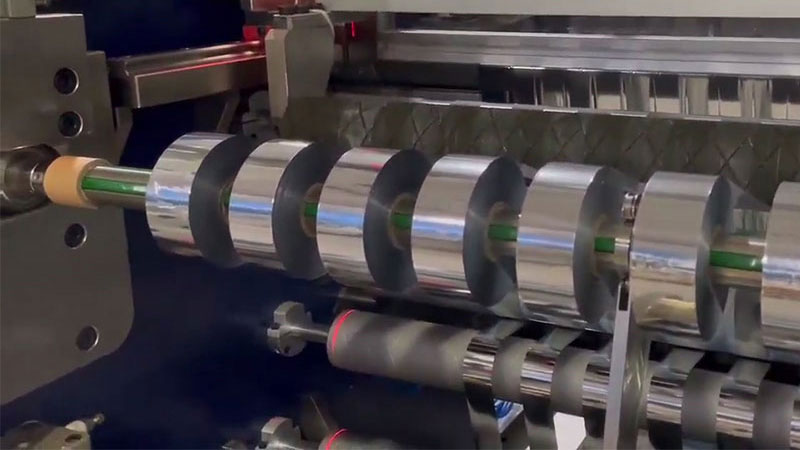
High durability solution
1. Material Selection
◦ Slitting tools are carbide or ceramic-coated
◦ The guide rails are made of high-hardness and wear-resistant stainless steel
◦ Critical bearings are designed with long-life seals
2. Structural optimization
◦ Frame structure optimized by finite element analysis
◦ Rotating parts with dynamic balance design
◦ Anti-stress concentration design
3. Surface treatment technology
◦ Laser quenching of the surface of the key friction pair
◦ Anti-corrosion plating and oxidation treatment
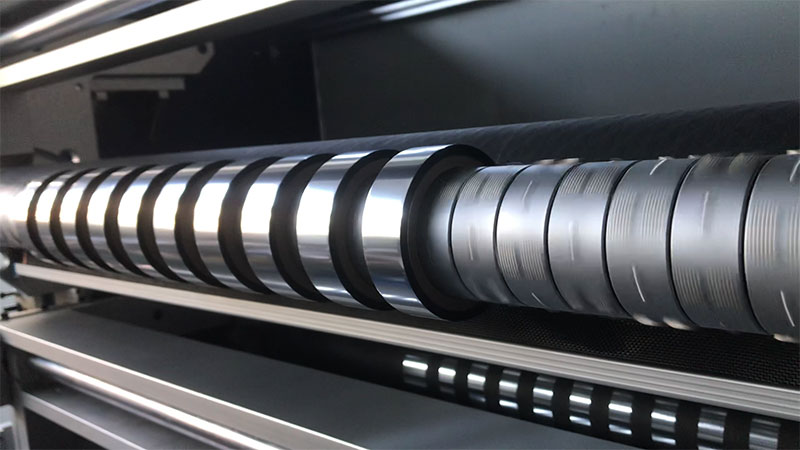
Reliability verification system
1. Accelerated life test
◦ Simulate continuous operation tests under extreme operating conditions
◦ MTBF (Mean Time Between Failures) verification
2. Environmental adaptability test
◦ Temperature and humidity cycle test
◦ Dust environment simulation test
3. User on-site tracking
◦ The first batch of equipment was installed and operated for data collection
◦ Iteration of improvements based on actual usage data
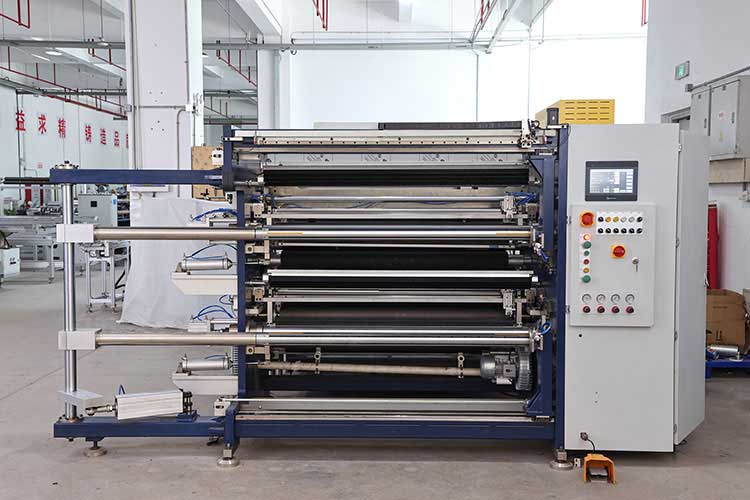
Maintenance-friendly design
1. Quickly maintain the interface
◦ Modular quick-release structure
◦ Centralized lubrication system
2. Intelligent diagnostic system
◦ Fault codes are automatically generated
◦ AR Assisted Repair Guidelines
3. Remote monitoring function
◦ Real-time upload of running status
◦ Expert system remote support
Through the above comprehensive design methods, modern hot stamping foil slitting machine can achieve the high reliability goal of an annual failure rate of less than 0.5% and a service life of more than 100,000 hours for key components.
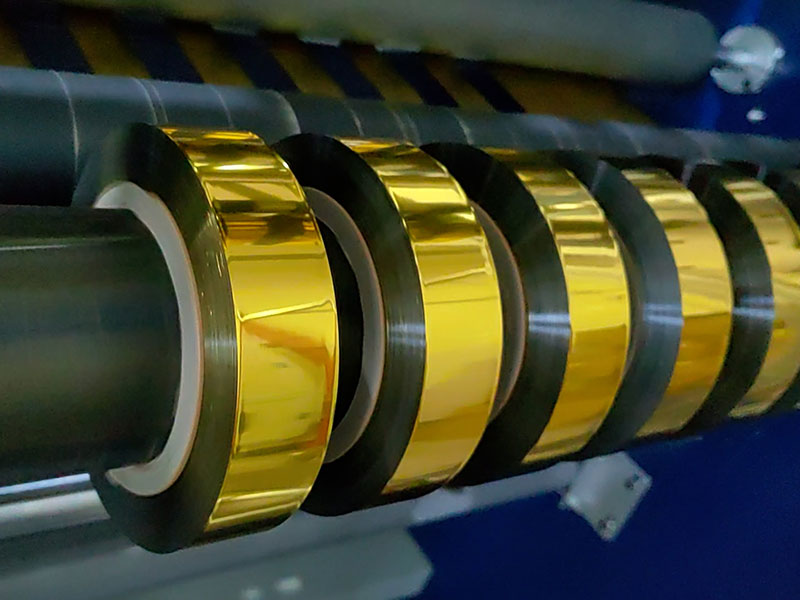 Post-press sharp tools: hot stamping foil slitting machine, small equipment to leverage high added value of products
Post-press sharp tools: hot stamping foil slitting machine, small equipment to leverage high added value of products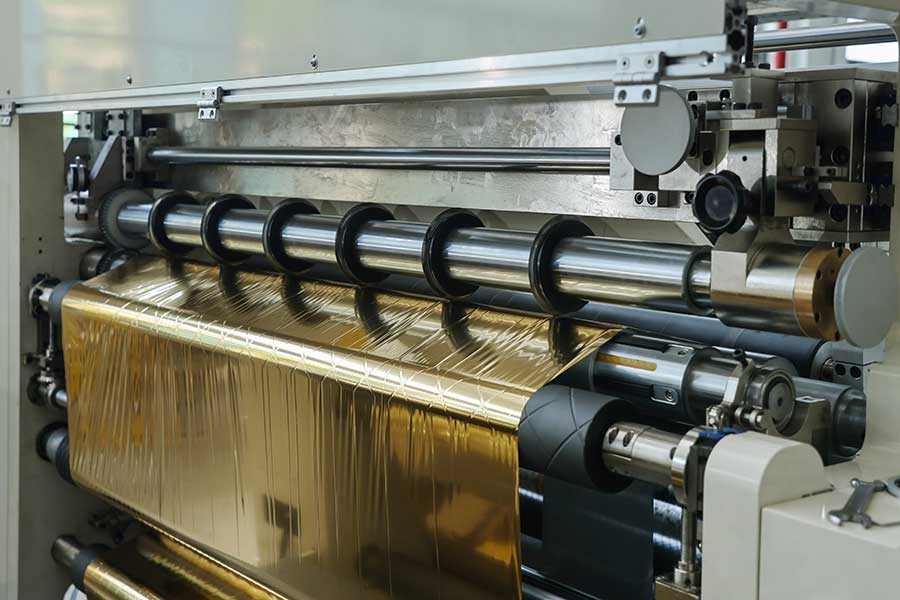 Precision Determines Quality: Unveiling the Core Advantages of Hot Stamping Foil Slitting Machines
Precision Determines Quality: Unveiling the Core Advantages of Hot Stamping Foil Slitting Machines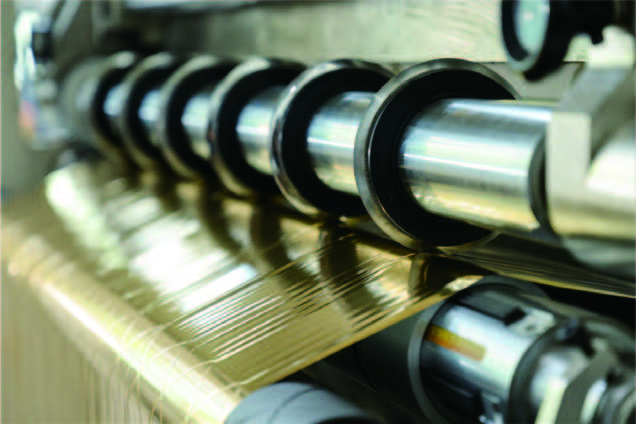 Double the efficiency! A must-know hot stamping foil slitting machine
Double the efficiency! A must-know hot stamping foil slitting machine Hot stamping foil slitting machine: precise slitting, unlimited gold color
Hot stamping foil slitting machine: precise slitting, unlimited gold color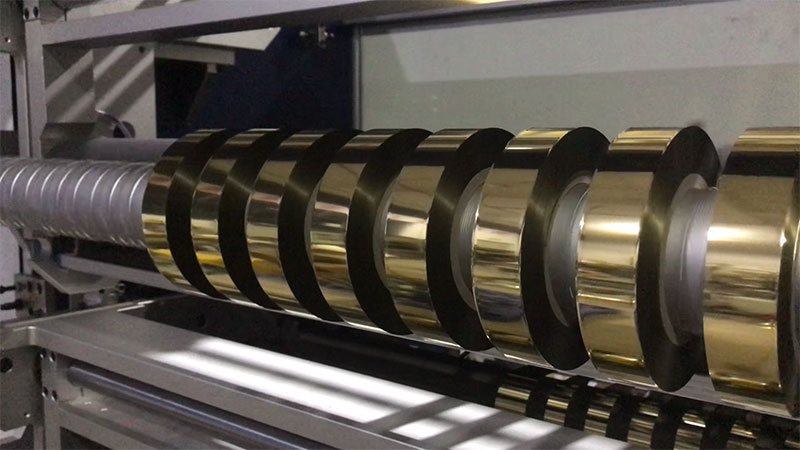 Say goodbye to waste! How hot stamping foil slitting machine has become a "sharp weapon" for Indian enterprises to reduce costs and increase efficiency.
Say goodbye to waste! How hot stamping foil slitting machine has become a "sharp weapon" for Indian enterprises to reduce costs and increase efficiency.